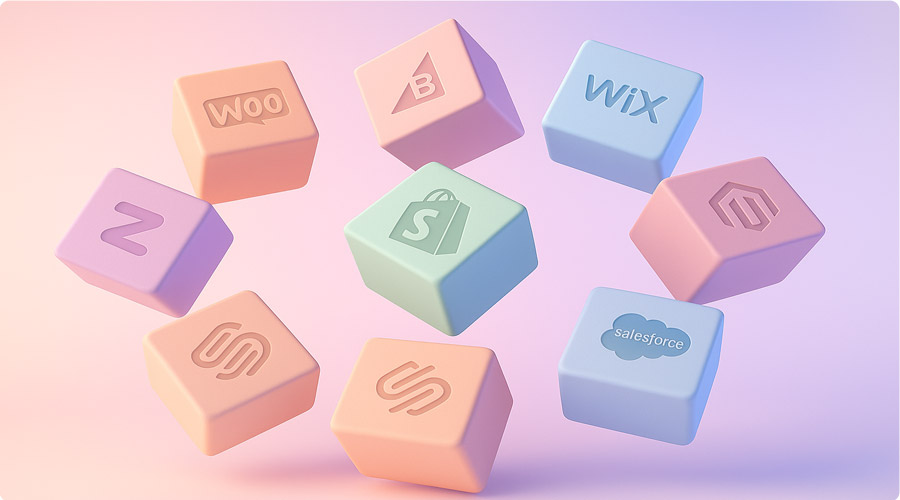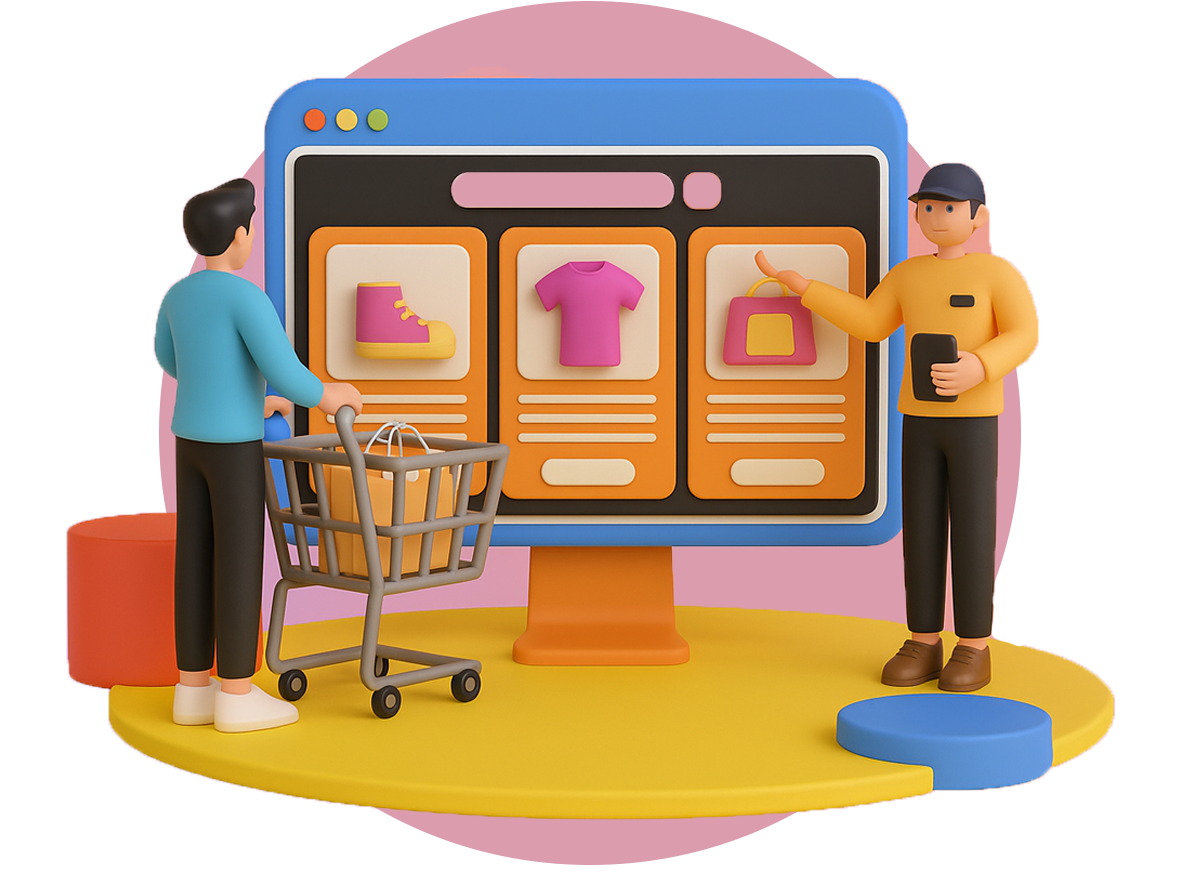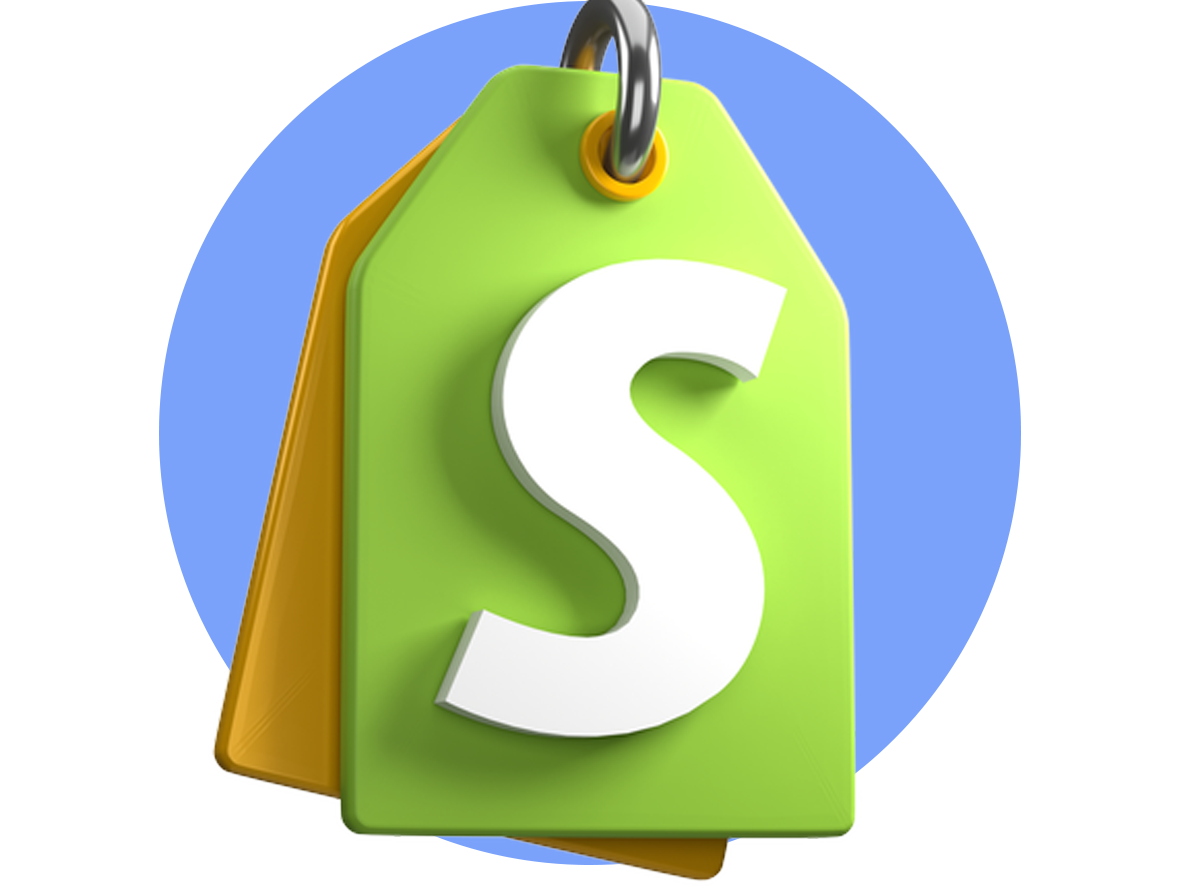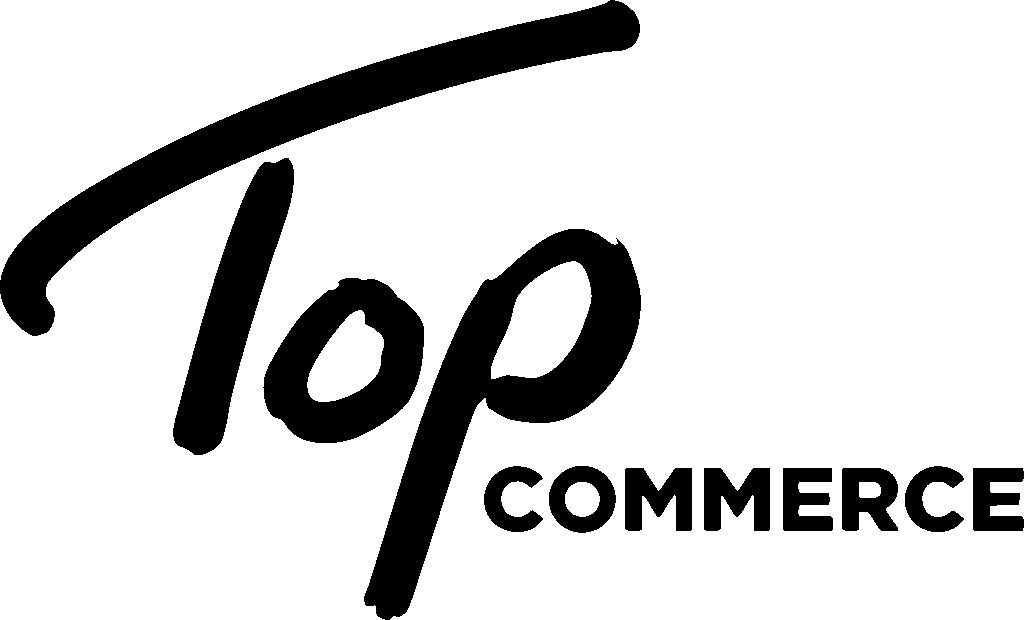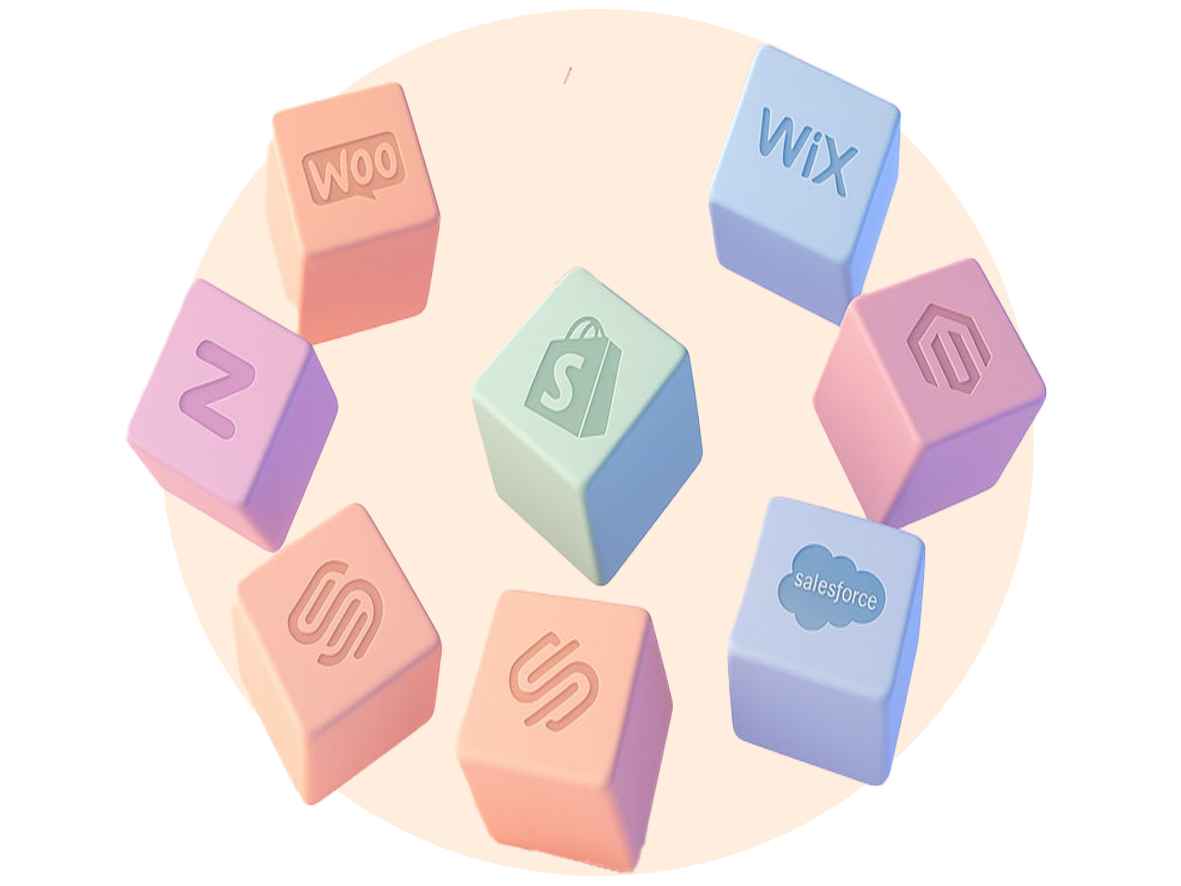
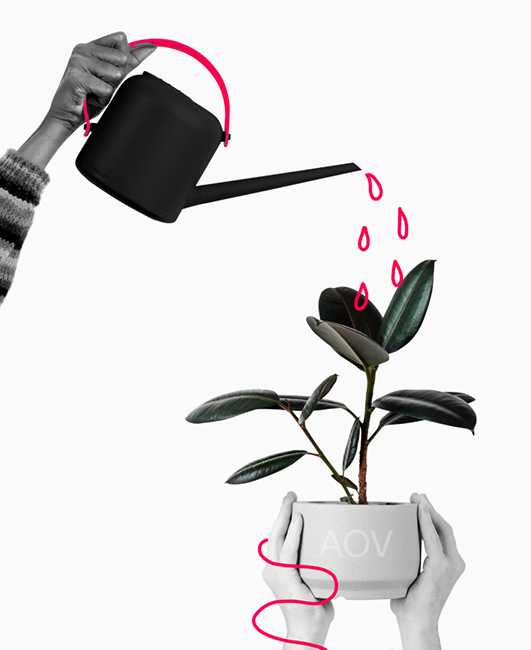
What is Average Order Value (AOV)?
Average Order Value (AOV) is a key e-commerce metric that calculates the average amount a customer spends per order. The average order value meaning lies in its ability to help businesses understand customer purchasing behavior and optimize pricing strategies. By definition, the average order value definition is determined by dividing total revenue by the number of orders within a specific period. But what does average order value mean for businesses? It reflects how effectively they can drive higher sales per transaction, ultimately impacting revenue and profitability.
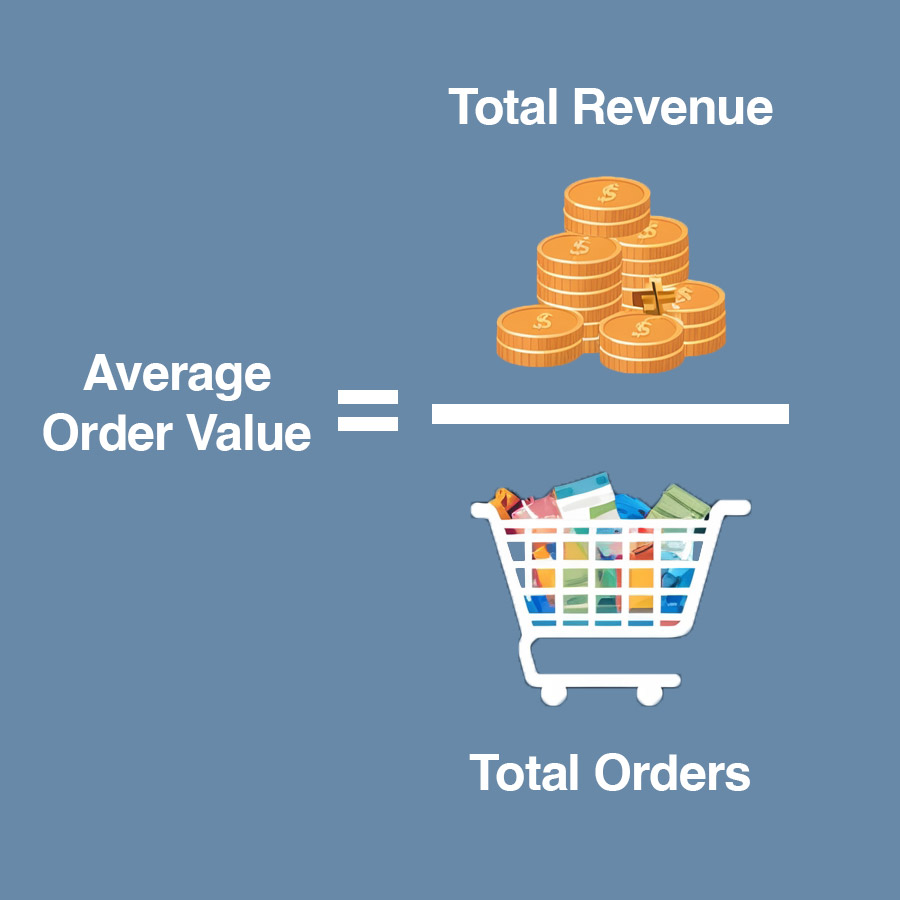
What is Average Order Value in E-Commerce?
Average Order Value (AOV) in e-commerce refers to the average amount a customer spends per order. This metric helps businesses evaluate their performance and optimize pricing strategies by understanding customer purchasing behavior. It is calculated by dividing total revenue by the number of orders in a specific time period. Tracking AOV is crucial because it allows e-commerce businesses to maximize their revenue potential per transaction.
Shopify Average Order Value
For businesses using platforms like Shopify, the Shopify average order value is a vital metric that helps merchants understand the spending habits of their customers. By tracking average order value Shopify, store owners can gauge how well their store is performing and whether customers are purchasing more expensive products or adding more items per transaction. This information is essential for improving marketing strategies, such as creating targeted promotions, offering discounts, or implementing upselling tactics to increase Shopify AOV. By focusing on improving AOV, Shopify merchants can enhance their profitability and create a more tailored customer experience, driving higher revenue per customer.
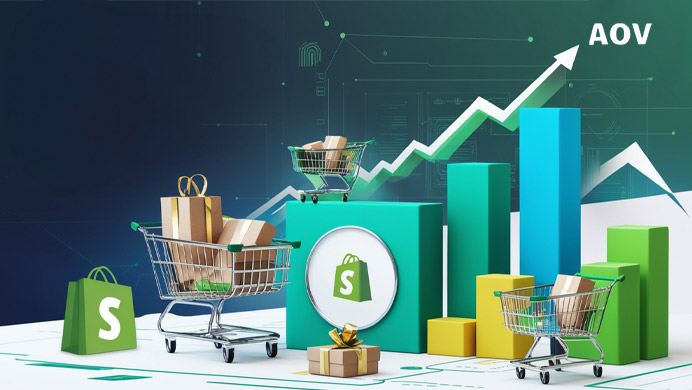
Amazon Average Order Value
When selling on Amazon, understanding the Amazon average order value is crucial for sellers to assess how much each customer spends per order. This metric provides key insights into customer behavior, which can inform decisions on pricing strategies, discounts, and promotional offers. By analyzing average order value Amazon, sellers can fine-tune their strategies to increase revenue, optimize their product offerings, and explore opportunities for upselling or bundling products. This also helps sellers forecast sales trends and adjust their inventory or marketing approaches accordingly.
How to Calculate Average Order Value (AOV)?
Calculating Average Order Value (AOV) is essential for understanding customer spending behavior and optimizing pricing strategies. The average order value formula is straightforward: divide total revenue by the total number of orders within a given period. This calculation helps businesses track performance and improve profitability.
Formula for Average Order Value:

To calculate average order value, simply take your total sales revenue and divide it by the number of transactions. If you need an automated approach, using an average order value calculator can quickly process your data. Whether performing an average order value calculation manually or using software, this metric is key to measuring sales efficiency and planning growth strategies.
Why Is Average Order Value (AOV) Important?
Average Order Value (AOV) is a key performance metric that helps businesses optimize revenue strategies. Its importance includes:
Higher Profitability: AOV growth increases revenue without requiring more customers.
Better Pricing Strategies: Helps in setting optimal prices and product bundling.
Improved Marketing ROI: Maximizes the efficiency of advertising spend.
Enhanced Customer Lifetime Value: Encourages repeat purchases and long-term retention.
By focusing on increasing AOV, businesses can drive sustainable revenue growth and improve overall sales efficiency.
Average Order Value by Industry
Average Order Value (AOV) can vary significantly depending on the industry. Understanding AOV by industry is essential for tailoring pricing strategies and improving revenue. Let’s break down how AOV differs across various sectors:
Luxury Goods & Electronics
These industries usually have a higher average order value due to the higher cost of products. Customers are more likely to make larger purchases, resulting in a higher AOV. Products such as high-end electronics and luxury goods tend to have a significant impact on AOV, as these items generally have higher price points.

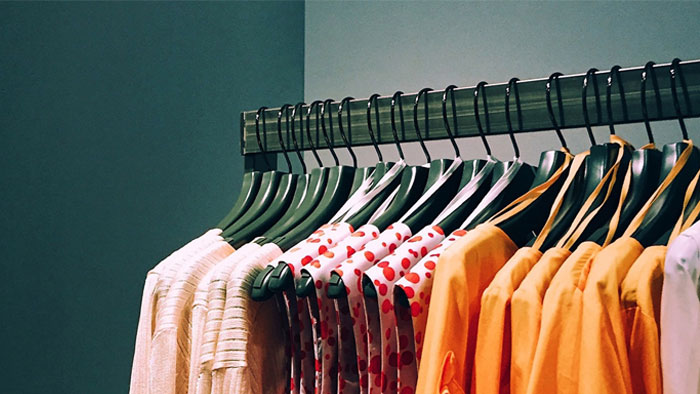
Retail & Apparel
In contrast, industries like fashion or retail often experience a lower average order value because customers may buy items individually or in smaller quantities, but they tend to purchase more frequently. However, retailers can increase AOV by promoting bundle deals or offering upselling options.
Food Delivery & Groceries
The food delivery and grocery sectors tend to have a lower AOV, as many customers purchase smaller items. However, businesses in these industries can boost AOV by offering bundle deals or encouraging larger orders with discounts.
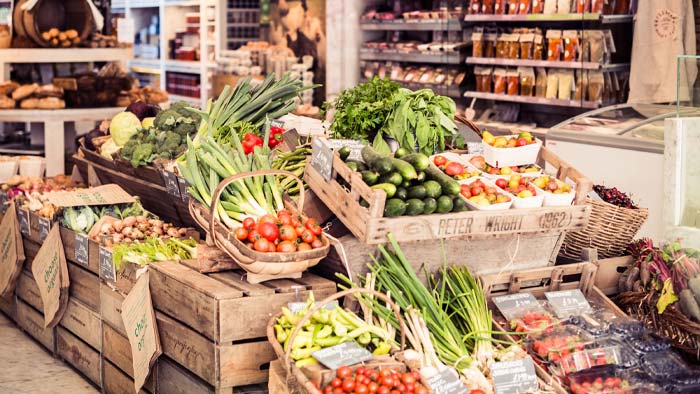

Services & Subscriptions
In subscription-based businesses, AOV can be more stable because customers tend to subscribe to services with regular payments. The AOV can vary based on subscription tiers, with premium services generally commanding a higher AOV.
By understanding average order value by industry, businesses can benchmark their performance against competitors, set more realistic sales targets, and apply more effective marketing and pricing strategies tailored to their specific market.
The Broader Impact of AOV on Business Metrics
Average Order Value (AOV) is not just an isolated metric; it has a direct impact on several other key business metrics that drive growth and profitability. Understanding how AOV interacts with these metrics allows businesses to make more informed decisions that improve long-term success. Here are some critical ways that AOV influences other performance indicators:
How Average Order Value Analysis Can Boost Your Sales?
Average Order Value (AOV) analysis involves reviewing and evaluating the AOV data over time to identify trends, patterns, and areas for improvement. By conducting a thorough average order value analysis, businesses can better understand customer behavior, assess pricing strategies, and optimize sales performance. This analysis can provide critical insights into:
- Tracking Changes in AOV: Monitoring whether AOV has increased or decreased over a specific period (e.g., monthly, quarterly).
- Evaluating Influences on AOV: Identifying factors that impact AOV, such as promotions, discounts, or seasonal trends.
- Segmenting by Product Category: Understanding how different product categories contribute to overall AOV and which products drive higher spending.
- Customer Segmentation: Analyzing AOV for different customer groups (e.g., new vs. returning customers) to tailor marketing efforts and pricing strategies.
By performing average order value analysis, businesses can make data-driven decisions to increase AOV, ultimately enhancing revenue without needing to acquire new customers.
What Is a Good Average Order Value (AOV)?
A “good” Average Order Value (AOV) depends on several factors, including the industry, pricing structure, and business goals. However, in general:
- Higher AOV is better: A higher AOV indicates that customers are spending more per transaction, which can significantly boost profitability.
- Industry benchmarks: Different industries have varying standards for AOV. For example, luxury goods and electronics typically have a higher AOV than low-cost consumer goods or fast food.
- Business goals: What qualifies as a “good” AOV also depends on your company’s specific goals. If you’re aiming for growth, improving AOV might be more important than simply increasing sales volume.
A good target for AOV is one that aligns with your pricing strategy and maximizes profitability while maintaining customer satisfaction. By monitoring AOV and comparing it with your profit margins and industry standards, you can set realistic goals for improvement.
how to increase average order value?
Increasing your Average Order Value (AOV) is an effective way to maximize revenue from existing customers without the need to acquire new ones. Whether you’re trying to increase average order value on Shopify, in general e-commerce, or for a specific product category, there are several effective ways to increase average order value. Let’s take a look at some of the most proven tactics to achieve average order value increase:
1. Offer Product Bundles
Creating product bundles by grouping related products together at a discounted price can significantly increase average order value. Customers are more likely to buy multiple items when they feel they are getting more value in a single purchase.
Bundle a laptop with accessories like a mouse and a power bank.
Customers perceive bundled offers as better value than buying items individually.
2. Upsell and Cross-Sell Products
Encourage customers to purchase a higher-priced version of a product (upsell) or suggest related products (cross-sell).
“Upgrade to our premium membership for only $10 more.”
“You might also like this matching handbag.”
Customers are often willing to spend more for added value or convenience.
3. Set Free Shipping Thresholds
Offering free shipping on orders that exceed a certain dollar amount is a simple yet effective way to boost AOV. This tactic often encourages customers to add more products to their cart to qualify for free shipping, making it a powerful method to increase average order value ecommerce.
“Free shipping on orders over $100.”
People prefer spending more on products than on shipping fees, making them more likely to increase their order value.
4. Create Limited-Time Offers or Discounts
Offer time-sensitive discounts on higher purchase amounts to create urgency and increase cart sizes.
“Get 20% off when you spend $150 or more (limited-time offer).”
Customers fear missing out on a deal, motivating them to spend more.
5. Provide Volume Discounts
Encourage bulk purchases by offering discounts when customers buy more of the same item.
“Buy 2, get 10% off. Buy 3, get 15% off.
Customers are enticed by savings on larger purchases and may stock up.
6. Personalize Product Recommendations
Use data from customer behavior (e.g., browsing or purchase history) to show personalized product recommendations.
“Customers who bought this product also bought these items.”
Personalized suggestions feel more relevant and appealing, increasing the chances of additional purchases.
7. Offer Financing Options
For high-ticket items, provide financing or installment payment options to reduce the perceived financial burden.
“Pay in 4 interest-free installments of $50 each.”
Customers are more likely to purchase expensive items when payments are spread out over time.
8. Use Loyalty Programs or Rewards
Encourage repeat purchases by offering loyalty points or rewards for higher order amounts.
Lorem ipsum dolor sit amet, consectetur adipiscing elit. Ut elit tellus, luctus nec ullamcorper mattis, pulvinar dapibus leo.
“Earn double points on orders over $100.”
Customers are motivated to increase their order size to earn more rewards.
9. Add a ‘Gift with Purchase’ Incentive
Offer a free gift when customers spend over a certain amount to increase their order value.
“Spend $75 and get a free tote bag.”
Customers love freebies and will often add items to their cart to meet the threshold.
10. Display “Frequently Bought Together” Suggestions
Show a section on your product pages that suggests complementary products that other customers frequently purchase.
On a laptop product page, show a mouse and a laptop bag as “frequently bought together.”
Customers trust peer behavior and are more inclined to buy additional recommended items.
11. Create Product Tiers with Exclusive Benefits
Offer different product packages with increasing levels of value or benefits.
Basic, Standard, and Premium subscription plans.
Many customers opt for a mid-tier or premium option to feel they’re getting the best value.
12. Implement Exit-Intent Popups
Use popups to offer a discount or promotion when customers are about to leave the checkout page.
“Get 10% off if you complete your order now!”
This last-minute incentive can encourage customers to increase their cart value before checking out.
13. Improve Product Descriptions and Visuals
Providing detailed, high-quality descriptions and images can increase customer trust and the likelihood of purchasing multiple items.
When customers clearly understand product benefits, they feel more confident buying additional items.
14. Offer Extended Warranty or Product Protection
Encourage customers to add protection plans, extended warranties, or similar services during checkout.
“Add 2 years of product protection for only $20.”
Customers see these add-ons as a way to protect their investment and are willing to spend more for peace of mind.
15. Implement a Minimum Order Value for Discounts
Encourage larger orders by offering percentage discounts only on purchases above a specific amount.
“Save 15% on orders over $200.”
Customers tend to add more products to qualify for the discount.

Are You a Dropshipper? Here’s How to Boost Your Profits Instantly
